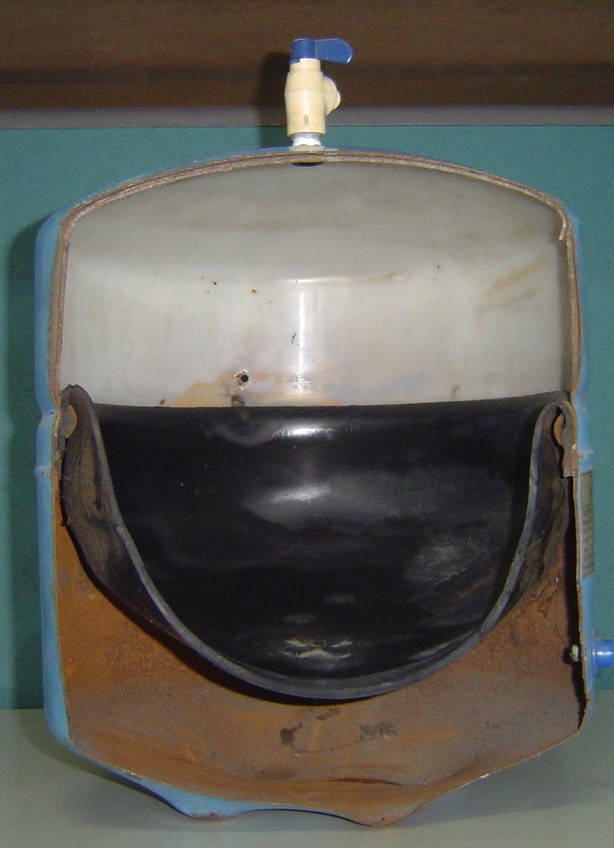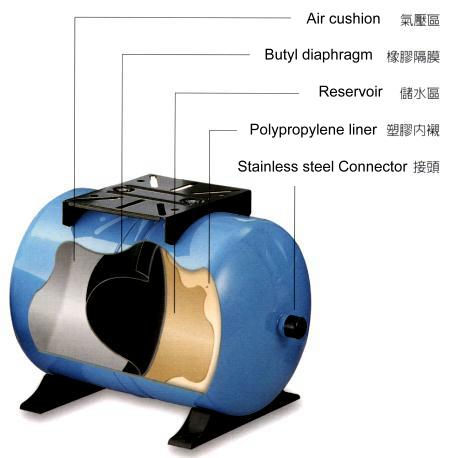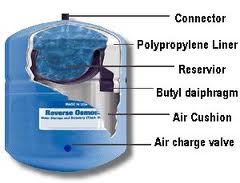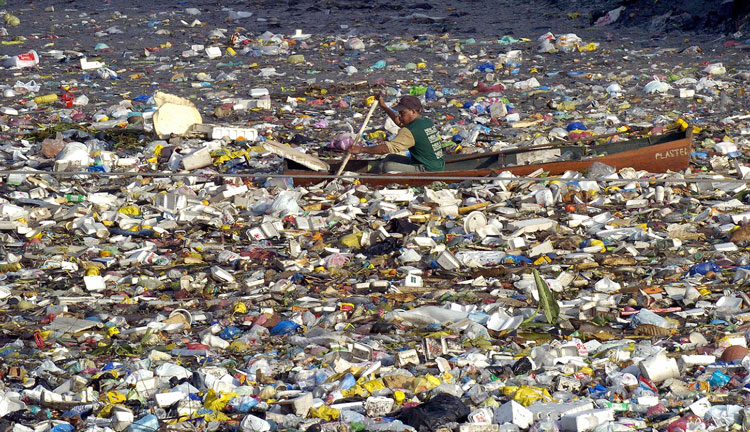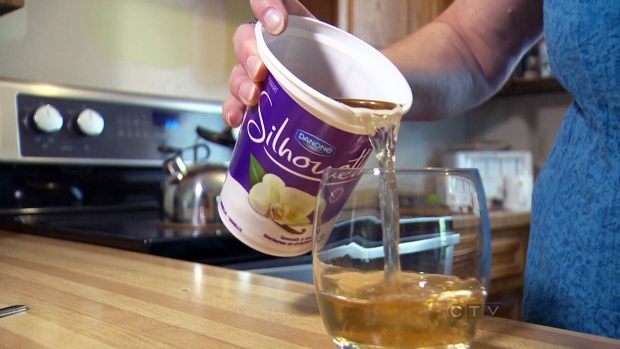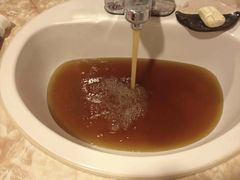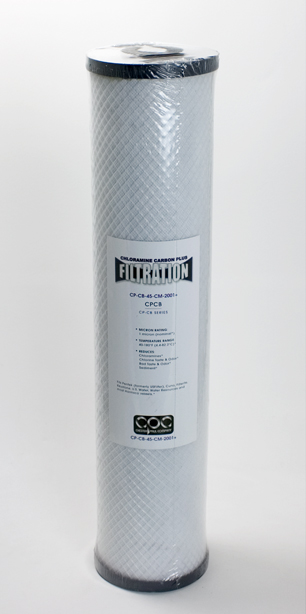Whose Garbage Is This Anyway
by Thomas L. Friedman
HEBRON, West Bank — It was not your usual Holy Land tour, but surely one of the most revealing I’ve ever had. A team from Friends of the Earth Middle East took me around to see how waste, sewage and untreated water flow, or don’t, between Israel and the West Bank. I never realized how political garbage and dirty water could be, or how tracking it could reveal just why making peace here is so urgent.
For starters, who knew that when you flush the toilet in your hotel in the eastern half of Jerusalem the wastewater likely ends up in the Dead Sea — untreated? It flows from Jerusalem’s sewers into the Kidron Stream. If you can stand the stench, you can watch it all rush by about a mile east and downhill from Jerusalem. Germany offered to pay for a treatment plant, but for the past 20 years Israel and the Palestinian Authority have not been able to agree on how to split the treated water — which originates in both Jewish and Arab drains, so nothing has happened. As a result, Mother Nature alone does her best to filter it as it flows down to the Jordan Valley, where Jewish settlers use some of this poorly treated water to irrigate their date palms. The rest ends up in the Dead Sea. Good thing it’s already dead.
We’ve learned in the last few years that the colonial boundaries of the Middle East do not correspond to the ethnic, sectarian and tribal boundaries — and it is one reason that some Arab states are breaking up. But neither do the ecosystem boundaries correspond with any borders or walls. And the fact that Israelis and Palestinians have not been able to reach a power-sharing agreement that would enable them to treat the entire ecosystem here as a system is catching up with them.
When the region got hit in January 2013 with snow and rain from a freak and massive storm, the runoff was so powerful down the Alexander Stream, which flows from the Shomron Mountains near the West Bank town of Nablus into Israel, that it overflowed. So instead of going under the thick cement wall Israel has erected around the West Bank to keep out Palestinian suicide bombers, the flood blew away a whole chunk of that wall. Mother Nature laughs at our “green lines.”
Now consider what is going on in the Hebron Industrial Zone, home to 13 tanning factories, including the Al-Walied for Leather and Tanning Company, where hides are hanging everywhere from the ceiling and a single worker is putting them through a machine that squeezes out the moisture from the softening process.
The problem, explained Malek Abu al-Failat, from the Bethlehem office of Friends of the Earth Middle East, which brings Israelis, Jordanians and Palestinians together on one team, is that the tanneries use chromium 3 to soften the hides and then let the effluence flow into the drains and down the Hebron Stream. That effluence exceeds 5,000 milligrams of chromium 3 per liter. The global safety standard is 5 milligrams! When the chromium 3 hits the water and oxygen, it becomes chromium 6, a known carcinogen. So, in 1998, the U.S. Agency for International Development built a treatment plant here that effectively extracts all the chromium 3 and recycles it. But, in 2005, Israel identified the sulfuric acid used in the recycling as a dual-use chemical that Palestinians could employ to make a bomb and banned its use by tanners. So the chromium 6 is now back in the water, which flows from Hebron to Beersheba, one of Israel’s largest cities, and then on to Gaza and out to sea, into waters used by Israel’s desalination plants.
We visited the Al-Minya Sanitary Landfill that was built with grants from the World Bank, European Union and USAID so Palestinians could close down 19 unauthorized and unsanitary dump sites around Bethlehem and Hebron. It was supposed to open in September, but, as I saw, its 65 acres were still pristine because the Israeli military told the Palestinian Authority that if the site didn’t also accept garbage from the Gush Etzion Jewish settlements it could not open, said Failat. Palestinians say it’s unfair that they lose their land to settlements and then have to accept their garbage.
Meanwhile, Gaza, which has been woefully mismanaged by Hamas, is pumping all its drinking water from its coastal aquifer at triple its renewable rate of recharge. As a result, saltwater is seeping in. Last year, the U.N. said that by 2016 there will be no potable water left in Gaza’s main aquifer. Gaza has no big desalination plant and would not have the electricity to run it anyway. I don’t want to be here when 1.5 million Gazans really get thirsty.
Israelis, Palestinians and Jordanians actually have all the resources needed to take care of everyone, but only if they collaborate, explained Gidon Bromberg, co-founder of Friends of the Earth Middle East. Israel, which is the world leader in desalination and wastewater recycling, could use its own cheap natural gas and solar power generated in Jordan — where there is lots of sunny desert — “to provide desalinated and recycled water for itself, Gaza, Jordan and the Palestinian Authority.”
Everyone would win, which is why Bromberg suggests that Secretary of State John Kerry take Israeli and Palestinian negotiators on an eco-tour to see “the seeping time bomb that’s ticking underneath both of them.” It, too, will explode if they don’t forge a deal that enables them to live apart, but in a framework that also enables them to work together to protect the water, soil and air that they will always have in common and can only be preserved by acting in common.
Source: New York Times.




